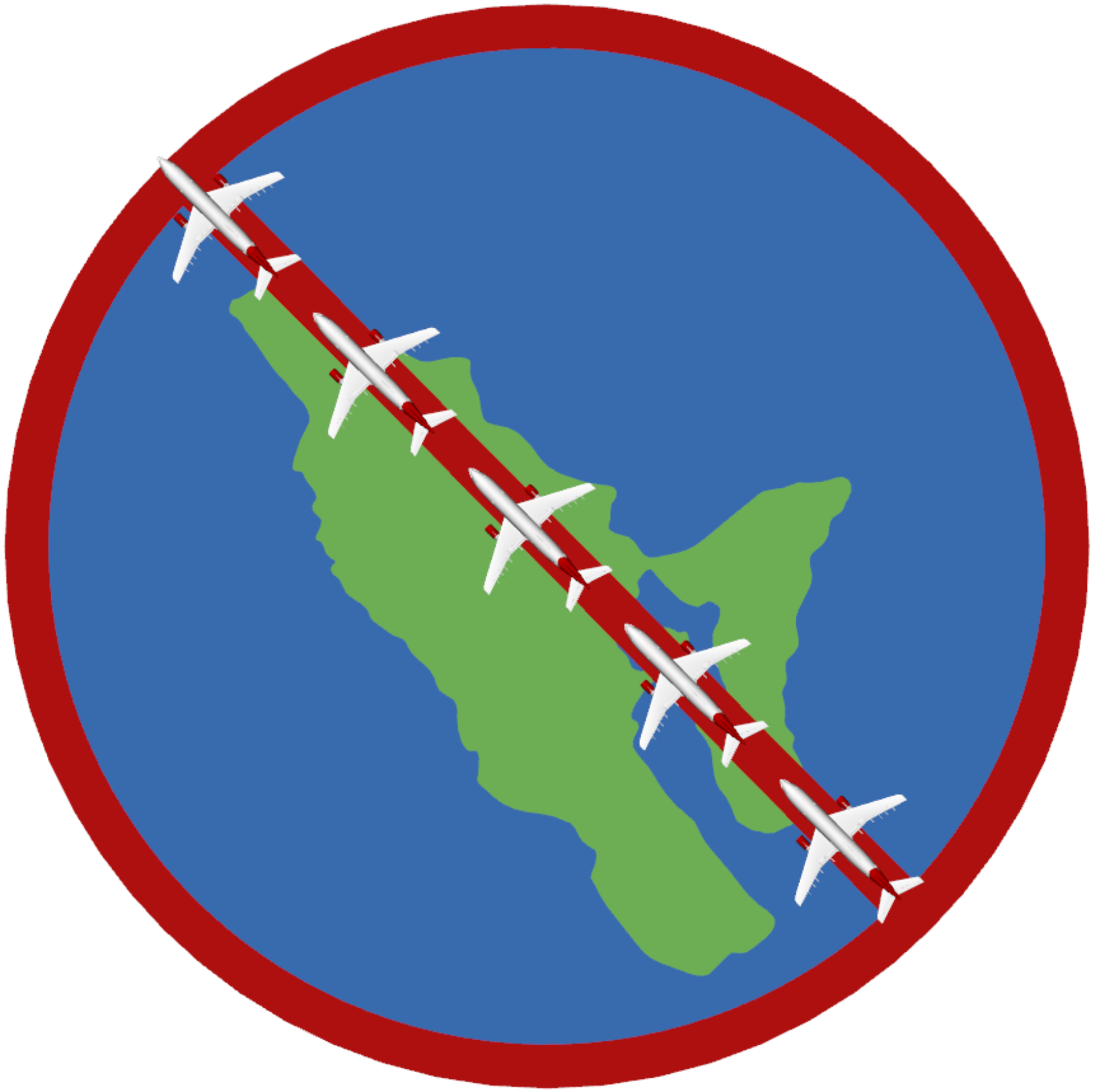This FAA noise study, the “Neighborhood Environmental Survey” or NES, was almost a decade in the making. Its primary purpose was to re-visit the noise dose/response “Schultz Curve”, which I usually put as slide #3 in my talks. The actual NES report was completed several years ago but the FAA was sitting on and refusing FOIA requests to release it. Their intransigence was so extreme that congress included in Section 187 of the FAA Reauthorization Act of 2018 a requirement that it be released. Even then the FAA was given two years to do so and thus the report should have been released last October, but it wasn’t released until this January.
The primary result, even with the FAA given more than two additional years to “refine” the already finished report, was that the Schultz Curve vastly underestimated the annoyance caused by airplane noise:
An info page on the study is here: https://www.faa.gov/regulations_policies/policy_guidance/noise/survey , and the full report can be downloaded here: https://www.airporttech.tc.faa.gov/DesktopModules/EasyDNNNews/DocumentDownload.ashx?portalid=0&moduleid=3682&articleid=2845&documentid=3005 .
PLEASE REGISTER COMMENTS ON THIS REPORT BEFORE THE APRIL 14TH DEADLINE
Comments on the report are being accepted through Wednesday April 14th (perhaps only until 9am PDT — so don’t wait until the last minute) at: https://www.regulations.gov/commenton/FAA-2021-0037-0001 .
The study authors appear to be perplexed as to why plane noise annoyance has grown so much. They put forth several weak theories, but utterly ignore what is likely the primary reason: the focusing and lowering of flight tracks due to NextGen. Further, the annoyance may be even greater than reported since the FAA excluded communities further from the airport, like Vashon, from the survey even though in our case zip code 98070 generates almost 8 times the number of complaints as the next closest zip code in the Seattle area.
In the “Comments Invited” section on the Federal Register notice the FAA says “Comments that focus on the questions listed below will be most helpful.” Those questions are, roughly:
(1) What additional investigation, analysis, or research should be undertaken in a variety of areas (effects of plane noise on people & communities, improved noise modeling & visualization tools, noise metrics, and quieter planes)?
(2) What has caused the dramatic rise in aviation noise annoyance?
(3) What additional categories of investigation, analysis, or research should be undertaken to inform FAA noise policy?
Questions #1 & #3 are something of a trap. The one overriding imperative is that no further study is needed to take action now. Proposing yet another study just has the effect to delay action. Of course modeling and visualization tools can and should be continually improved, but reverting NextGen procedures is in no way dependent on any improvements in these tools.
Their Question #2, and the straws they grasp at trying to propose their own answers, while ignoring the obvious answer, is bewildering. If you plop 250 (pre-COVID) overflights a day on a 100 yard wide track over a rural Island, and other similar environs across the country, what did they think would happen? According to the FAA’s DNL metric the resulting noise over Vashon Island is considered “insignificant” (< 65DNL), thus, being generous, their confusion.
It’s important that they hear from as many people as possible that NextGen in general, and the abuse* of PBN (Performance Based Navigation) technology in specific, are the primary drivers of the emerging uproar over plane noise across the country and the only way to quell that uproar is to revert these procedures.
While your comments are your own, I would suggest reiterating that, depending on the airport, NextGen in general and PBN in specific are a large, if not dominant, driving force behind the growing annoyance of communities across the county, whose peace has been stolen from them. You could also remind them that their survey, at least in Seattle, ignored the community most upset about the sudden growth in place noise. In addition the sole metric the FAA uses to measure plane noise, DNL (Day/Night Level), is the wrong metric to understand human response to noise. It doesn’t address at all the distribution of noise throughout the day, only the total energy received. At least as important as the total energy received is the random timing of overflights throughout the day so that there isn’t a peaceful half hour to be had except in the middle of the night, which is especially devastating in rural areas where the primary reason people live there is often the peace and quiet.
Finally, you can make more than one comment if you think of something else later, however if doing so make sure it starts with: “This is an additional comment and is not meant to replace my previous comment(s).”
Thank You!
*PBN does have legitimate uses, such as terrain avoidance in places like Queenstown, New Zealand and Juneau, Alaska. However using it to strafe a narrow corridor of citizens with repeated plane noise assaults is not one of them.

